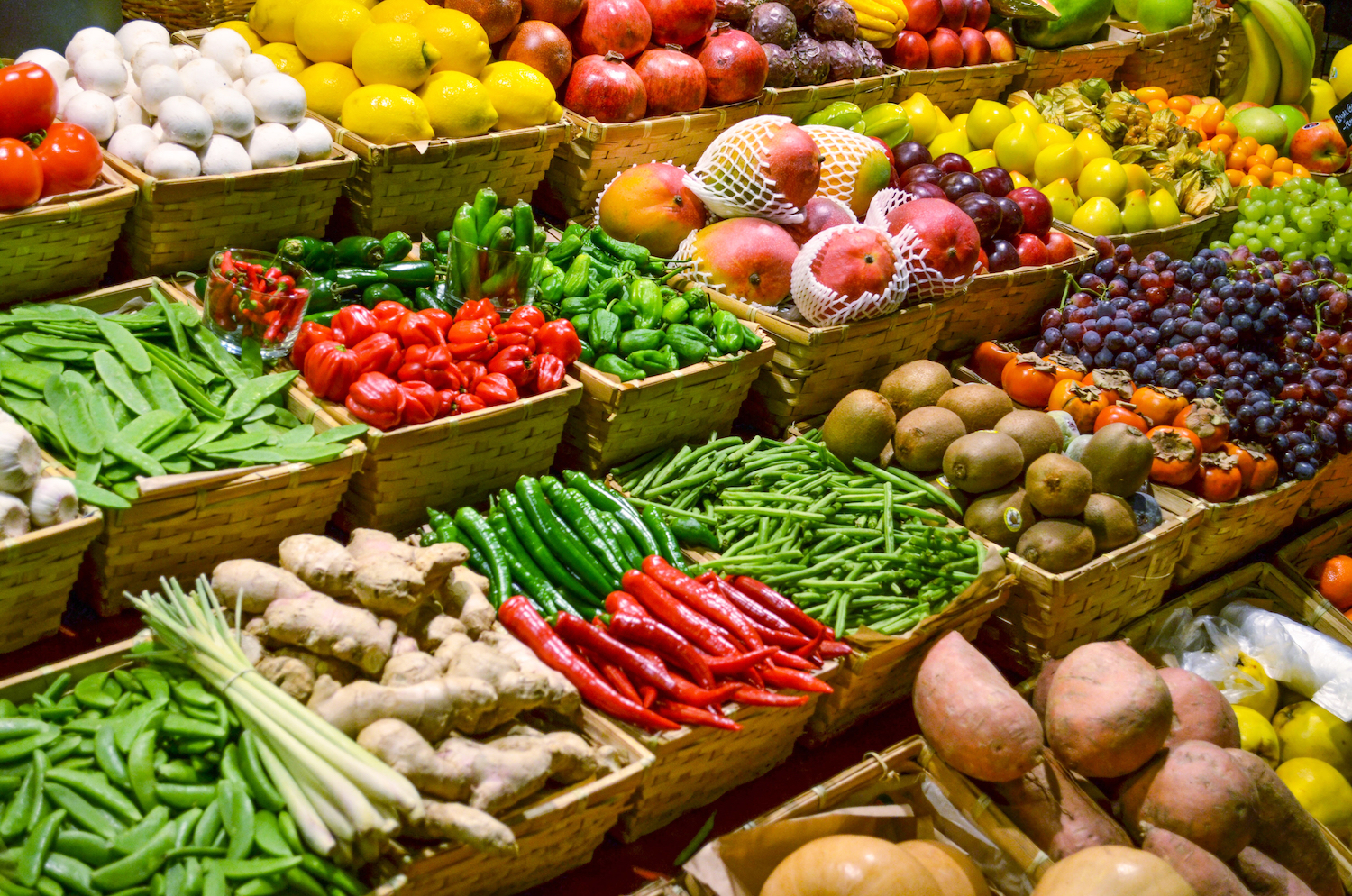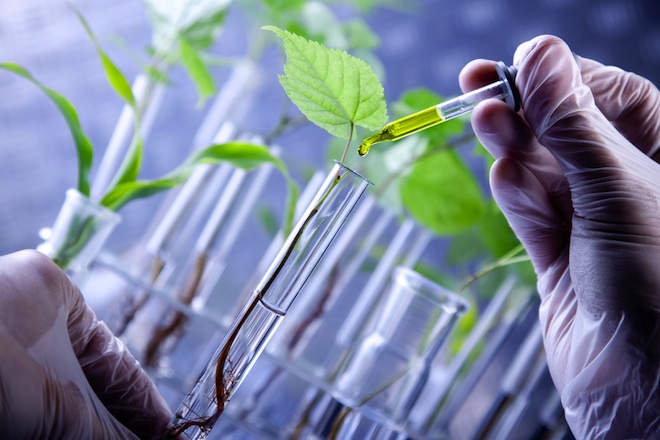Transgenic animals & plants: What is it?
Transgenic plants are also known as genetically modified plants, using an approach with breeding utilizing DNA techniques in order to produce plants with different individual features. On the other hand, an animal in which a foreign gene has been incorporated into its genome is called a transgenic animal. The way this foreign gene is produced is by using recombinant DNA methodology. Recombinant DNA is essentially putting together 2 different DNA molecules from 2 different organisms to create new genetic combinations. In simple terms, transgenic animals/plants are organisms in which they have been modified genetically so that they can not only be observed by laboratories, but also so that they can be eaten and consumed by us humans. The DNA inside of the organism has been changed in some type of form as well. Transgenic plants and animals that can be consumed contain foreign genes which tweak their traits such as growth, size, etc. An example of a transgenic plant would be corn, or tomatoes. The idea of GMO plants is to make them last longer, bigger in size, and taste sweeter or better. An example of a transgenic animal would be salmon, some foreign genes are placed into different salmon so that they grow bigger in size so that the companies and manufactures can sell them for different individual prices and can be experimented.

How is it best used, what is it best used for?
Transgenic plants and animals are best used in 2 main categories: experiments to further observe certain cells and genes in animals, and for human consumption. Laboratories experiment with foreign genes and GMOs when they look at animals to observe certain cells, as well as human and animal diseases. As for human consumption, genes from other animals are transferred to another in order to speed up maturity and age, growth development in order to taste better and look better. At first transgenic animals such as mice were used for simple experiments and observations that laboratories could take a look at, but as time passed they took these experiments into foods/vegetables. Disease resistance, herbicide, pest resistance, better nutritional and shelf life all are products of genetically modified plants. In terms of important source of food, plants and vegetables are the most important and farmers have developed ways for plants with these beneficial traits in the past before these practices with GMOs were made in laboratories. Transgenic plants receive DNA from other types of plants and species and since they have different gene combinations and can be freely experimented with, the government agencies have to keep an eye on these laboratories to ensure human consumption is safe to the public and to different grocery stores, and that other animal and plants aren’t in danger. Because of this, specific and extensive testing must be done to make sure that the stability in the environment is healthy. It’s a risk in a way, letting laboratories test freely with different DNA combinations because especially when it comes to human consumption there can be many, many red flags and different outcomes that won’t always be good. Also, testing random combinations aren’t always a good thing because there can be an unknown result that can drastically affect an animal such as mutation.

How are transgenic plants and animals changing the future?
In the future, these animals are most likely to be used for more laboratory and biomedical purposes as they have shown effective research in current time. A possibility is that foreign gene and GMO animals can show more benefits towards humans and can maybe be engineered to have medicinal compounds that create further benefits. In the case that these GMOs are safe, consumer resistance in these specific products and categories will probably disappear. Consumer resistance means the unwillingness of humans to consume a certain type of food or product, and so if research finds that GMOs are reviewed as safe and provide benefits as they develop in the future, consumer resistance will disappear because everybody would want to eat something that is beneficial (in terms of transgenic animals and plants). For the majority, these animals and organisms that include GMOs/contain foreign genes are experimented and observed for laboratories and science research. The animals are used as models in order to observe certain types of genes within the animals and for the majority are studied to look at any problems correlating health and disease within the animal. While some are used for experiments, there are also some animals that contain GMOs to use for eating consumption purposes which are found mainly in the produce section at grocery stores. An example is salmon because they mature faster with the use of GMOs and they have been reviewed as safe by the U.S Food administration for humans. In the future we may potentially see a huge difference ratio between organic and GMOs if laboratories and companies develop and find more and more benefits when organisms are genetically modified.

What have been the greatest advancements/History of transgenic organisms:
The greatest advancement in transgenic animals and plants is probably starting from testing with a small amount of species in mice, then slowly growing this process in using many other species of animals and plants to not only create environmental benefits but also to study human and animal diseases and how to prevent them as well as how to use these foreign genes in order for humans to consume them and also potentially have benefits along with consuming them. This has led to not only saving money for companies using GMOs in plants and animals (depending on the fruit/plant/animal, bigger size = more income), but also has ties towards medicaments and the human body. Genetically modifying animals in order to produce transgenic animals started in about 1980. The first experiment was tested on mice which are still used the most to date among other the other options along all of the transgenic animals. In terms of obtaining transgenic species, about 20 of them have been obtained and there are many ways to transfer the foreign genes into the animals. In order to study human and animal diseases and medicaments, transgenic animals and organisms are used for this process, testing different DNA combinations between different organisms in order to create new results and answers. There have also been a couple transgenic animals that are turned and commercialized into pets so far which is another advancement, at first there were none other than simple tests on mice, comparing it to now there are even some animals that have genetically been tweaked that have turned into commercialized pets.

Here is the core competency for this project:
